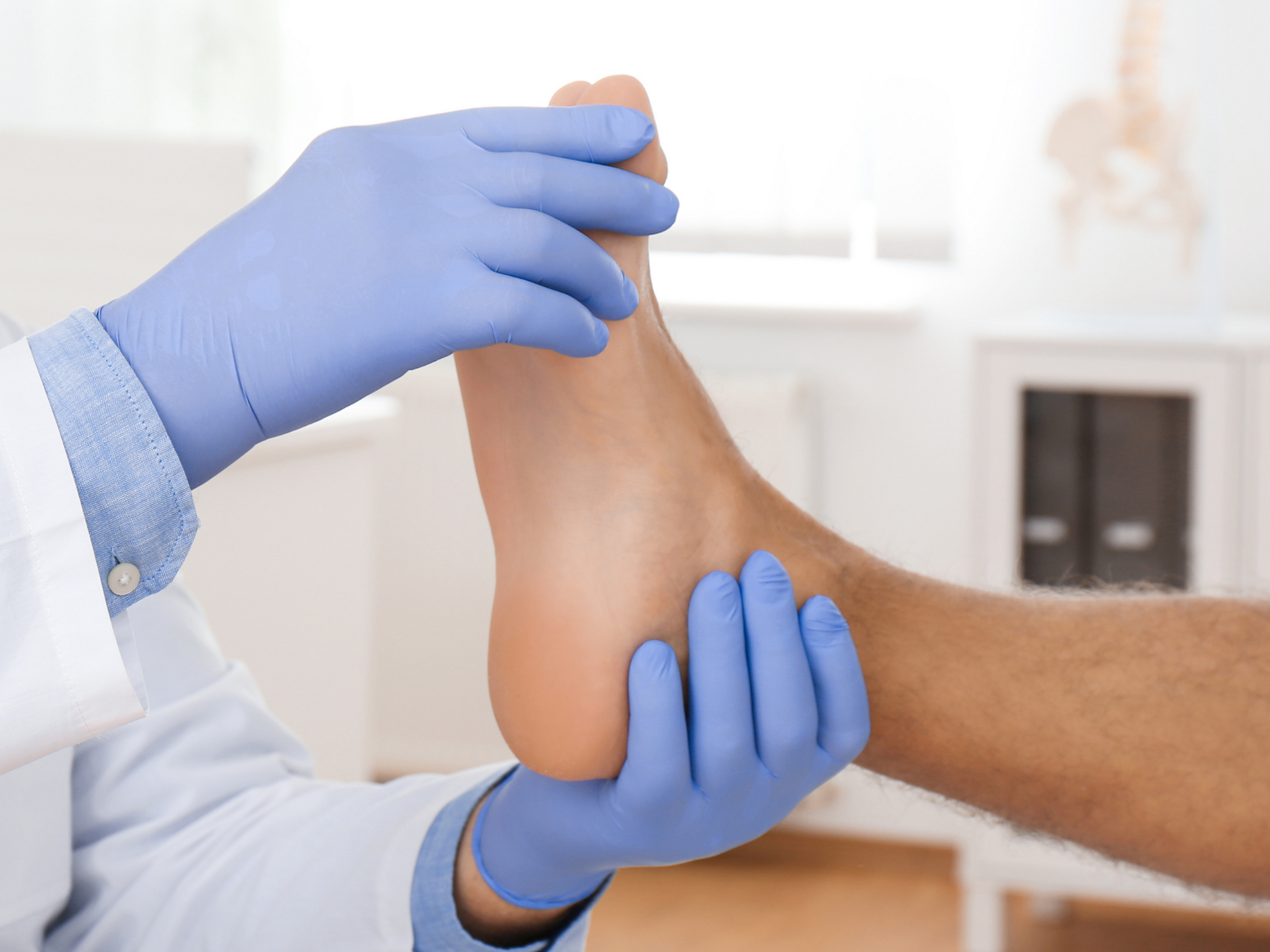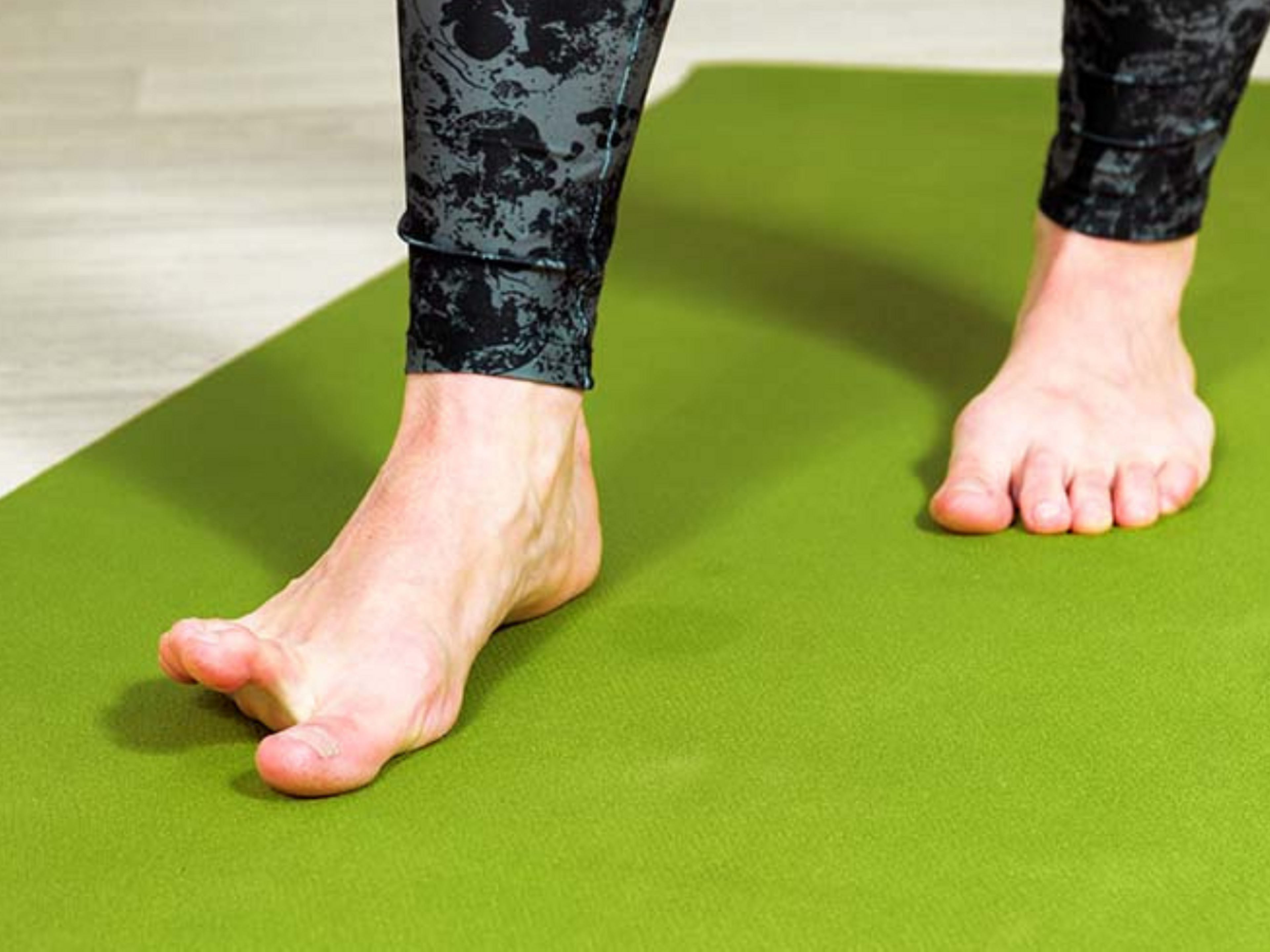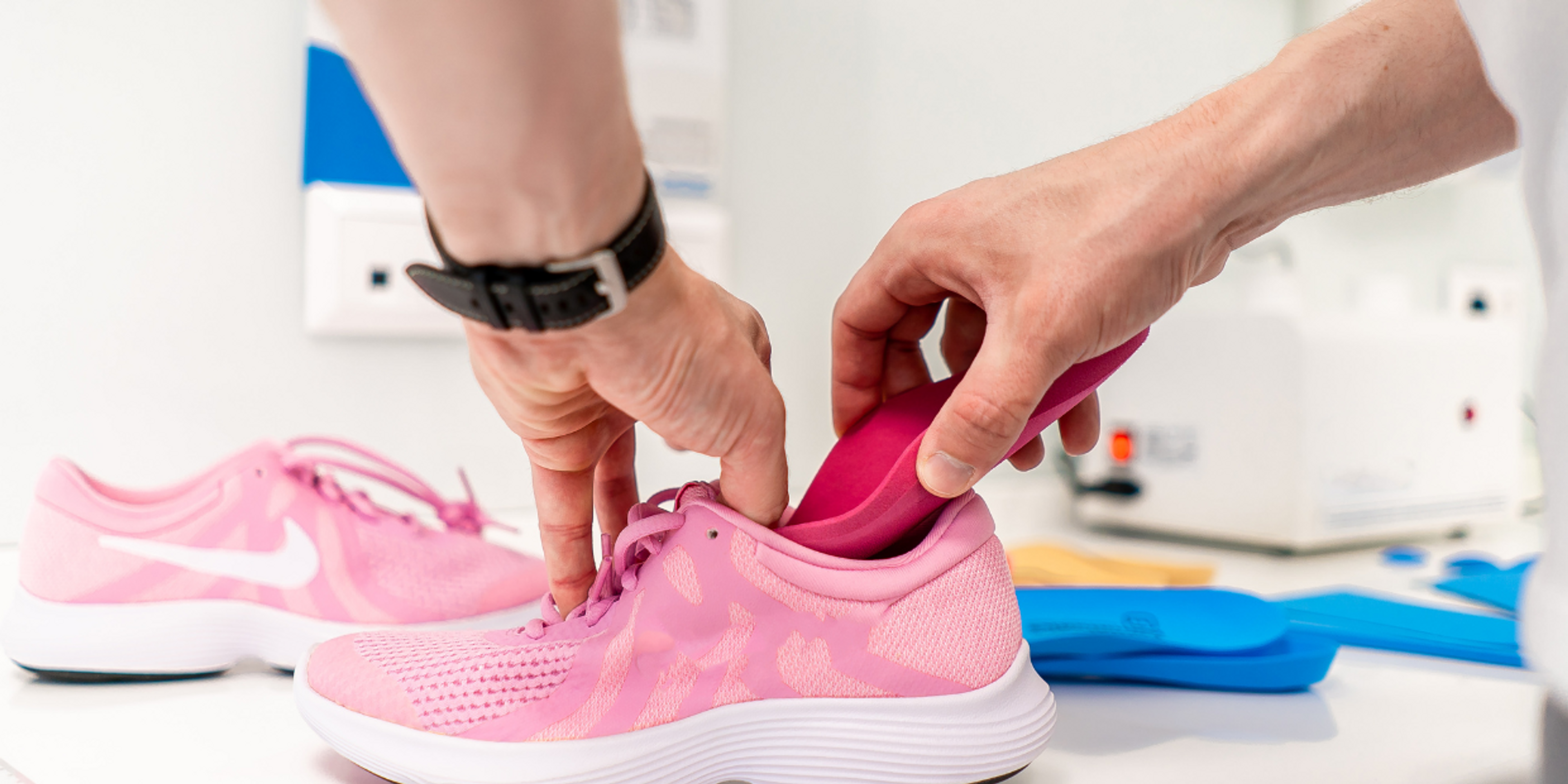Surgery for plantar fasciitis: What you need to know
In most cases, surgery for plantar fasciitis is not necessary. However, a tiny percentage (5%) of people may require surgery to improve their symptoms.
But how do you know if you need surgery? Or which surgery will be most effective for you? Is it really going to help? And how long does recovery take?
Let’s take a closer look at surgery for plantar fasciitis and help you answer these essential questions.
When is surgery an option for treating plantar fasciitis?
Surgery should only be considered if:
Your doctor will usually decide whether surgery is the best way forward for you based on your unique situation and symptoms.
Why do doctors usually advise you wait up to 12 months before considering surgery? The reasons are:
- Any type of surgery changes the way your foot and leg functions, which adds an extra layer of complexity to your recovery. Therefore, it’s always best to first wait and see if you can recover without disturbing any function.
- Your plantar fascia is formed mainly of collagen fibers. Collagen tissue takes a long time to repair and strengthen. So, you need to give the exercises and other treatments you use (i.e., wearing more supportive shoes, or orthotics) enough time to work.
- Most people with plantar fasciitis find their symptoms improve significantly within 12 months. Meaning, surgery is simply not necessary for recovery in the majority of cases.
If you’re wondering if your rehab plan has been sufficient, our plantar fasciitis plan in the Exakt Health app may help. It is based on the latest research.
How does surgery help plantar fasciitis?
Plantar fasciitis surgery aims to reduce the tension in your plantar fascia, either directly or indirectly, relieving your discomfort and allowing it to heal.
Different surgeries are used to treat chronic plantar fasciitis. The type of surgery your surgeon selects for you will depend on your individual condition and symptoms.
Different types of surgery for plantar fasciitis
The two most common surgeries for releasing tension in the plantar fascia are:
- Plantar fascia release surgery – fasciotomy (open and endoscopic)
- Calf release surgery – isolated medial proximal gastrocnemius release (MPGR)
Plantar fascia release surgery (plantar fasciotomy)
What is plantar fasciotomy?
Plantar fasciotomy is a type of surgery that involves cutting your plantar fascia to release its tension.
The procedure can be done as an open surgery or endoscopically (using a tiny camera to guide the surgery). You will have a general anesthetic or a local anesthetic with sedation (medication to make you drowsy) with either surgery.
Open plantar fasciotomy
Open plantar fascia release surgery is usually done in a hospital. It involves the surgeon making a small cut (usually about 1-2 inches) in your heel to access the plantar fascia and release it.
They may also loosen any trapped nerves or remove heel spurs at this time.
Endoscopic plantar fasciotomy
Endoscopic surgery usually involves the surgeon making two small incisions (about half an inch long) on either side of the bottom of your heel.
They then insert an endoscope (a tiny camera) and special instruments through these incisions to release the plantar fascia.
Endoscopic vs. open plantar fascia release surgery
Both surgeries get good results, but endoscopic surgery is less invasive because it requires smaller cuts. The problem with smaller cuts is that there is reduced access and visualization of the area, which is a concern for many surgeons.
So, while endoscopic surgery may be less invasive, surgeons often prefer open surgery. It allows them better access to the site, ensuring they do a safer and more thorough release.
Outcomes and success rates of plantar fascia release surgery
At first glance, the evidence for plantar fascia release surgery appears positive. It indicates that this type of surgery may treat chronic plantar fasciitis effectively, with high satisfaction rates and significant improvements in pain and function.
Despite these seemingly good outcomes, however, the evidence is weak. For example, many studies have no control group (a group of patients who didn’t have surgery). And they usually only look at patients after they’ve already had surgery.
This makes it difficult for us to know if the surgery caused the improvements or if the patients would have gotten better without surgery anyway.
Recovery after plantar fascia release surgery
Endoscopic plantar fasciotomy
Endoscopic surgery recovery time varies depending on your situation but usually takes between 3 weeks to 3 months.
Generally, you can expect to:
- Walk with limited weight-bearing after surgery (as your doctor advises)
- Wear regular shoes within 1 or 2 days
- Have minimal scarring
Open plantar fasciotomy
Recovery after open surgery typically takes 6 to 10 weeks but may take up to 7 months depending on your condition and circumstances.
You can expect to:
- Wear a boot, cast, or special shoe to keep the weight off your foot for 2-3 weeks while your foot heals
- Return to your doctor’s office to have your sutures or cast removed
- Have a small scar where the incision was made
After surgery, when your doctor tells you it is safe, it’s crucial to start with a phased and structured strengthening and stretching program. This will help you heal and strengthen your plantar fascia and all the hip and leg muscles supporting it.
Risks of plantar fascia release surgery
One of the most significant risks researchers associate with plantar fascia release is the permanent change in foot shape.
Your plantar fascia helps form the natural arch of your foot, and supports your foot when you stand, walk, or run.
If your plantar fascia is loosened too much (with surgery), part of your foot’s built-in support mechanism is lost. As a result, your foot’s “push-off” and shock absorption function is reduced. And this can lead to long-term problems in your foot and other body areas.
Besides this, you may also experience:
- Worsening, or the return of your pain
- Arch pain, or pain on the outside of your foot (lateral column pain)
- Painful scarring (from the cut)
- A small risk of infection from the surgery and nerve injury, which can cause numbness in your foot.
Calf release surgery
Calf tightness can reduce ankle dorsiflexion (toes pointing up) and is linked to a higher risk of plantar fasciitis. Sometimes stretches alone aren’t enough to lengthen your calf muscles and reduce the tension on your plantar fascia.
Calf release surgery lengthens and reduces the tension in your calf and frees up your ankle movement without disturbing your foot function like with plantar fascia release.
There are different types of calf release surgeries. Some are more invasive than others, with varying recovery times.
According to research, isolated medial proximal gastrocnemius release (MPGR) stands out in its safety and efficacy.
Isolated medial proximal gastrocnemius release
What is isolated medial proximal gastrocnemius release (MPGR)?
Your calf has two major muscles, the gastrocnemius, and the soleus. The gastrocnemius muscle has two parts, the medial (inner) and the lateral (outer) heads. The medial head is larger and contributes significantly to calf tightness.
The procedure involves the surgeon making a small incision about 3/4 inch long behind your knee (on the inner side). They then cut and loosen the connective tissue of the medial gastrocnemius. In turn, this allows the muscle to lengthen and relax.
Because the plantar fascia is connected to the calves by an interwoven network of connective tissue, you indirectly reduce the strain on the plantar fascia by releasing your calf tension.
Outcomes and success rates
Medial proximal gastrocnemius release outcomes are generally very good. Recovery is fast, and the risk of complications is low.
One study showed a 90% satisfaction rate a year after surgery, with vast improvements in patients’ pain and function.
A similar study showed more than 80% of their patients experienced complete or significant pain relief within 3 years. Interestingly, almost 60% of these patients improved in the first 1-2 weeks, while the remainder improved within 3-6 months.
Although the research seems positive, more higher quality studies are necessary to know if this surgery really works and if it’s better than others.
Recovery following isolated medial proximal gastrocnemius release
Recovery from medial proximal gastrocnemius release is usually quicker than plantar fascia release surgery.
One study showed that patients:
- Could fully weight-bear immediately after surgery as tolerated (wearing a post-operative open shoe for the first two weeks)
- Were encouraged to wear regular footwear from the second week as able
- Could return to work three weeks after surgery (ranging from 1 to 12 weeks)
- Mostly resumed sports at around 5 weeks
- All returned to their previous activities
- Had to do post-operative exercises for six weeks
You can expect to:
- Mobilize straight after your surgery and go home the same day
- Avoid activities that strain your calves or plantar fascia (like running and jumping)
- Have some pain, swelling, muscle aches, and weakness (these should resolve within a couple of weeks)
- Do special calf exercises as soon as pain allows to prevent scar tightening and build strength (as advised by your doctor)
Risks of calf lengthening surgery
Medial gastrocnemius release is a simple procedure with few risks. Still, like all operations, it has the potential for complications. These include:
- No, or little improvement in symptoms (failure of surgery)
- Slight loss of muscle power
- A small risk of infection, bleeding, nerve injury, or deep vein thrombosis (DVT)
Comparison between plantar fascia surgery and gastrocnemius surgery
Research shows both surgeries show promising results for treating chronic plantar fasciitis.
However, plantar fascia release is more invasive, it risks the potential loss of foot function, and has a longer recovery period than the medial gastrocnemius release.
Also, if your plantar fasciitis is caused by tight calves and reduced ankle dorsiflexion, it is unlikely that plantar fascia release surgery will improve your symptoms. In this case, a medial gastrocnemius release may be the better option.
Pros and cons of having surgery for plantar fasciitis
PROS for surgery for plantar fasciitis
CONS for surgery for plantar fasciitis
Conclusion
Surgery for plantar fasciitis should be considered a last resort, only after all other conservative treatments have failed.
The two most common surgeries for plantar fasciitis are plantar fasciotomy and medial proximal gastrocnemius release. Both procedures have a high success rate, but the gastrocnemius release has fewer risks and a quicker recovery time.
It’s essential to understand that surgery cannot cure your plantar fasciitis, no matter which surgery you have.
For a successful recovery, it’s vital you prepare your body for getting back to sporting activities. A phased rehabilitation program can help with this. It allows you to gradually strengthen your muscles and improve flexibility while you heal. And keeps you injury-free in the future.
Do you need help recovering from plantar fasciitis or preparing for your return to sport after surgery? If so, the Exakt Health app is here for you.









